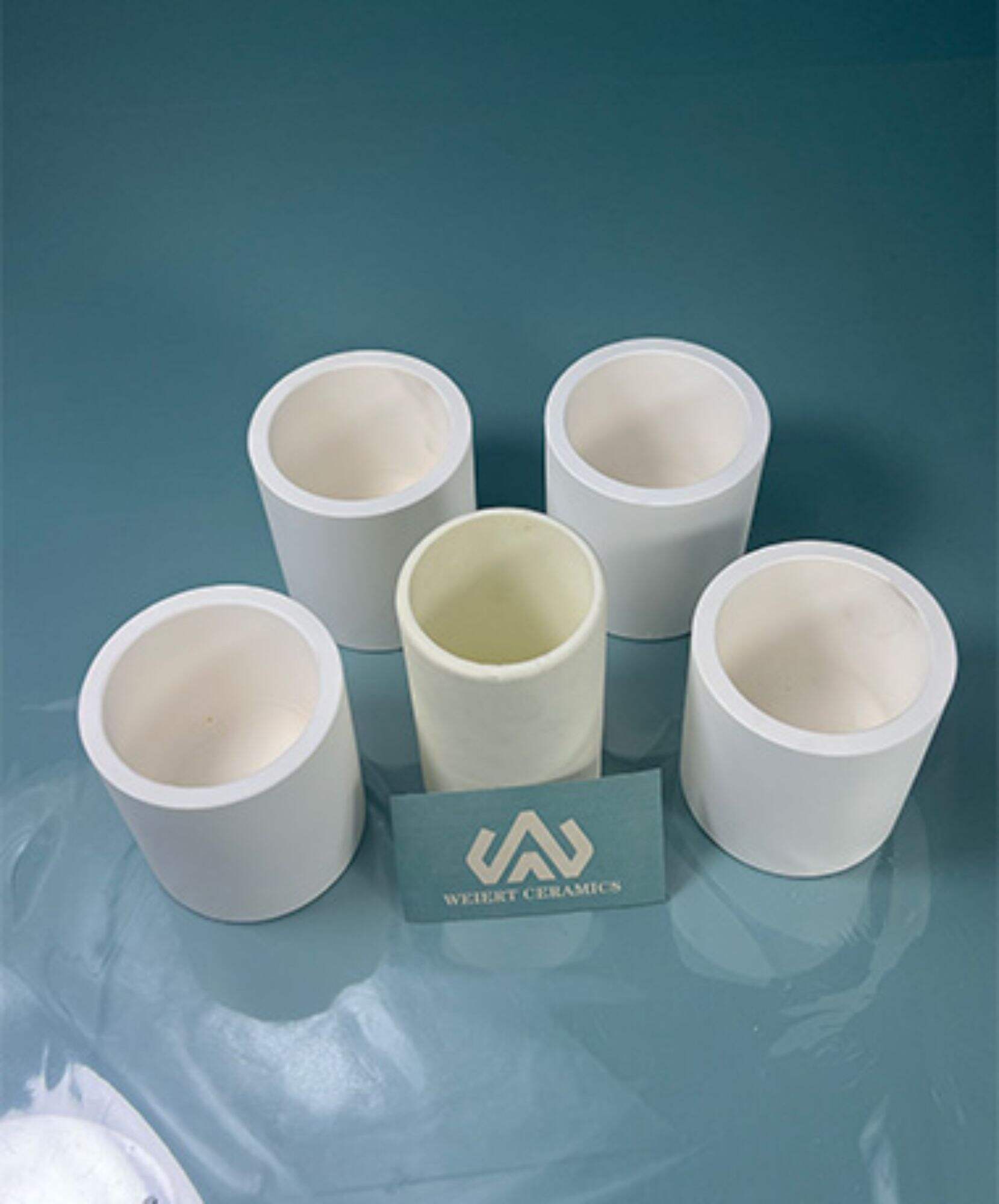What Crucible Materials Are Best for High Temperatures?
The process requires the materials to be heated at incredibly high temperatures when producing things such as ceramics or metals. And this is where crucibles are needed. A crucible is a sort of melting manufactured contain from very strong material in order to stand against high temperature. Choosing the best crucible material is probably one of the most critical factors to consider, in order for your metal manufacturing process be successful.

Factors to Take into Account
When selecting a crucible material by Weiert Ceramics several factors are considered:
The material should be capable of withstanding heat so that it does not melt or break.
Stressing about how your material will react to the crucible increases, meaning Getting banged out could ruin everything.
Careful consideration must be taken when sizing the crucible to ensure all materials fit within it with minimal difficulty in handling.
A closer look at the diverse slew of crucible materials for high-temp standards
Crucibles are available in a number of materials, each with its own benefits and drawbacks.
The fact that it can withstand such high temperatures, up to 3000°C makes graphite unique but also has the dangerous side-effect of reacting badly with some materials.
Another option ceramic which offers good reactivity properties and it handles high temperatures however, more brittle; they tend to crack or break under excessive force.
These are very non-reactive with materials and most important of all, they have a high-temperature resistant making quartz Magnesia crucible as one best type. But, when it comes to other materials quartz is rather fragile.
Importance of Selecting Ideal Crucible
Properly selecting the crucible is very important step because this affects to end quality of the product. The selection of an improper material may result in a contamination or impairment to the product leading to poor results.
Crucible Material Selection guidelines
Factors for selecting ceramic crucible materials:
Calculate What Temperature You Need to Use in Order to Heat Up Your Materials
Choose a material that does not have any negative effect on your materials
Check if size of the crucible is in accordance with quantity of materials to avoid non-uniform heat supply.
To sum up, choosing the right Alumina crucible material is crucial in ceramics and metals applications that involve extremely high temperatures. Taking into account variables like resistance to temperature, reactivity and size can be vital in upping your chances of success as a manufacturer.

 EN
EN
 AR
AR
 HR
HR
 CS
CS
 DA
DA
 NL
NL
 FI
FI
 FR
FR
 DE
DE
 EL
EL
 HI
HI
 IT
IT
 JA
JA
 KO
KO
 NO
NO
 PL
PL
 PT
PT
 RO
RO
 RU
RU
 ES
ES
 SV
SV
 CA
CA
 TL
TL
 IW
IW
 ID
ID
 LV
LV
 LT
LT
 SR
SR
 SK
SK
 SL
SL
 UK
UK
 VI
VI
 TH
TH
 TR
TR
 FA
FA
 AF
AF
 MS
MS
 GA
GA
